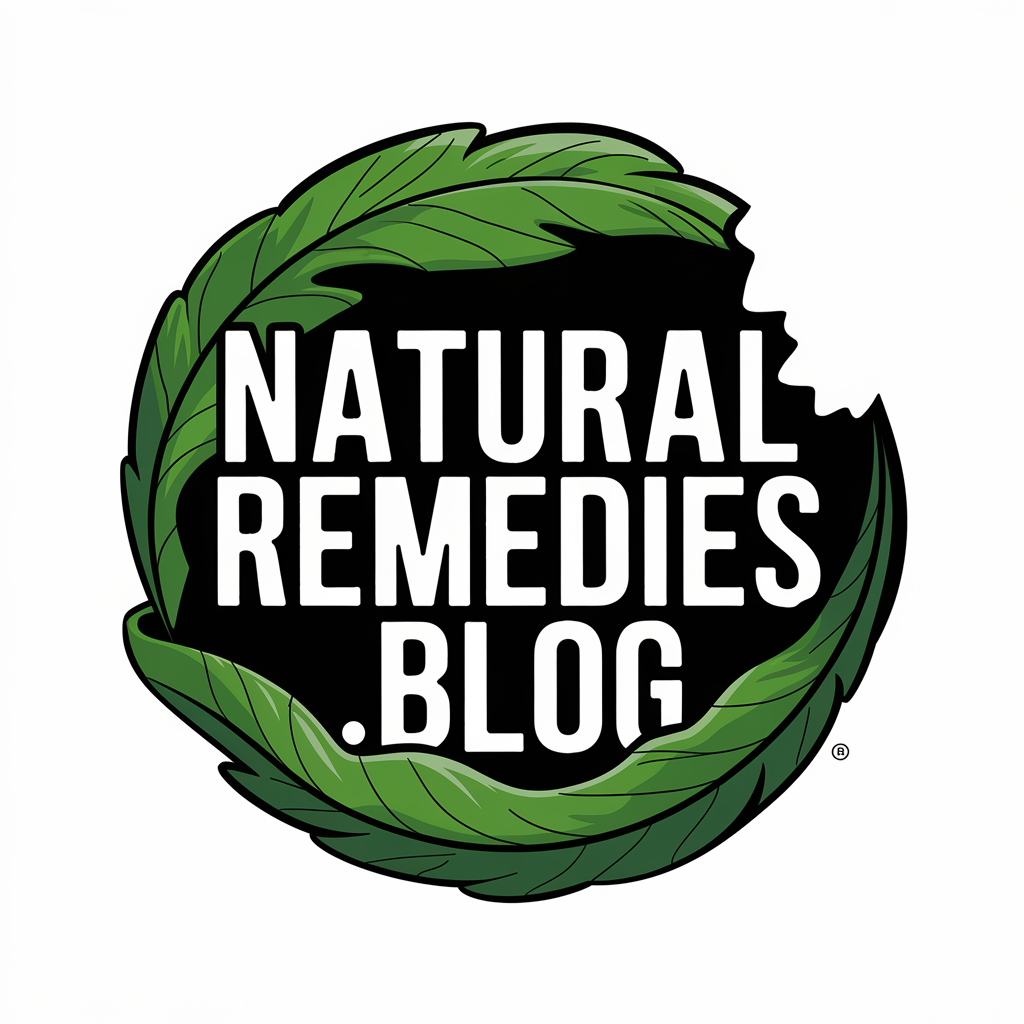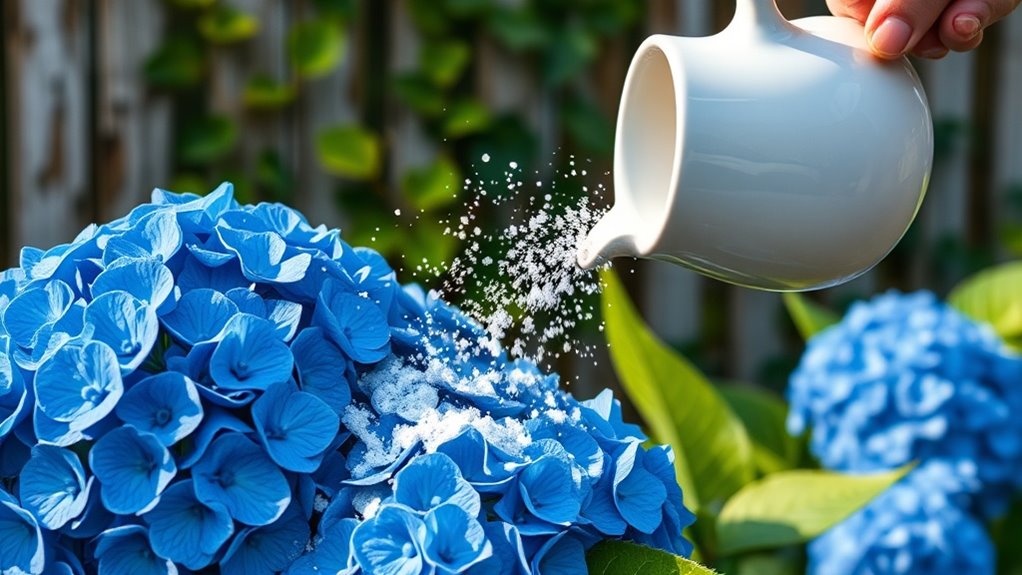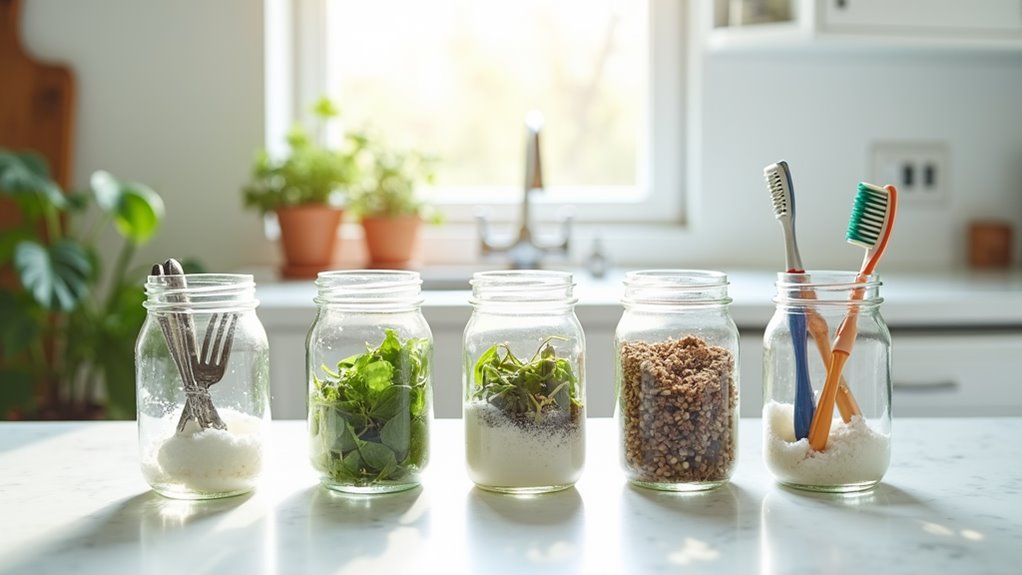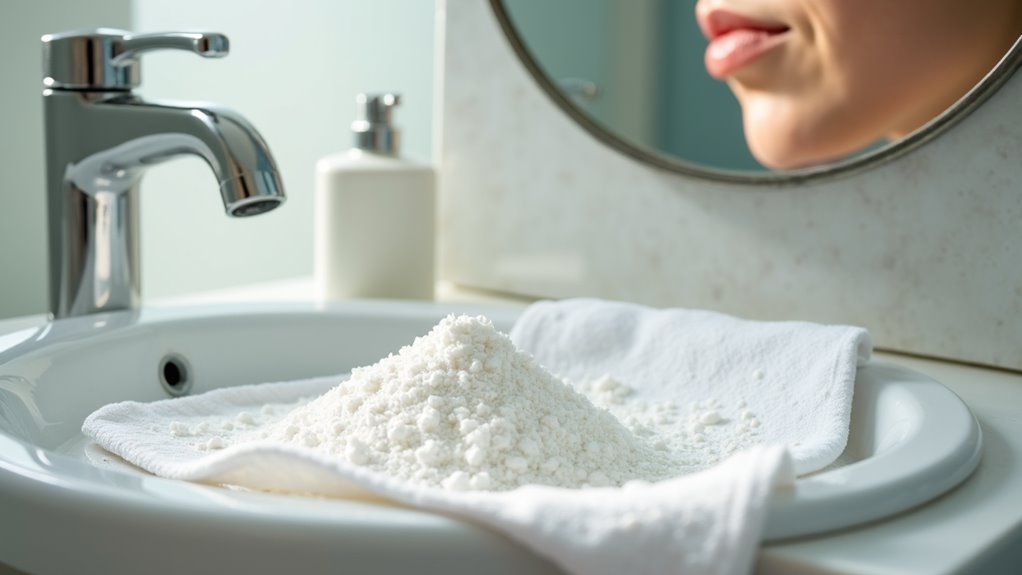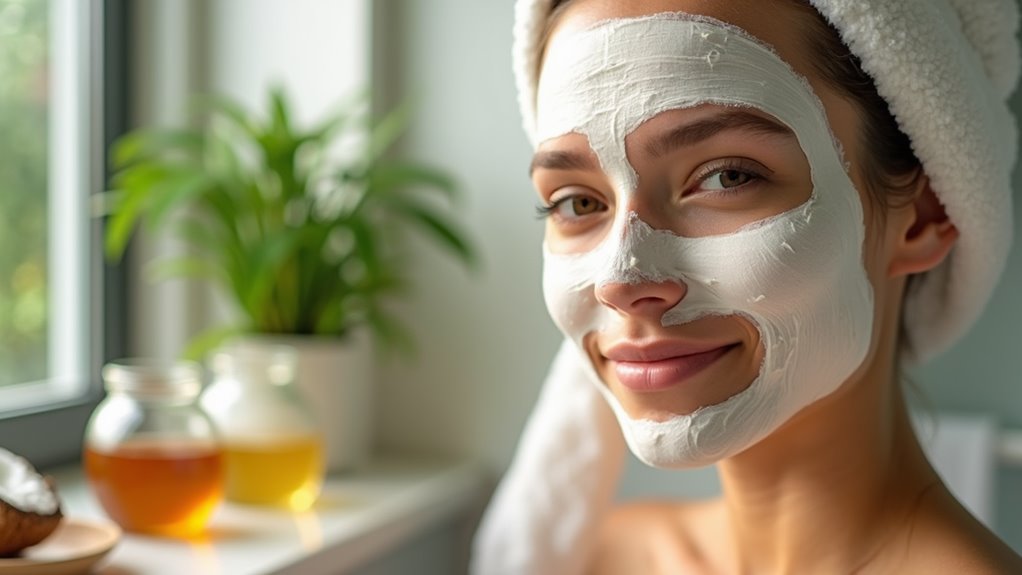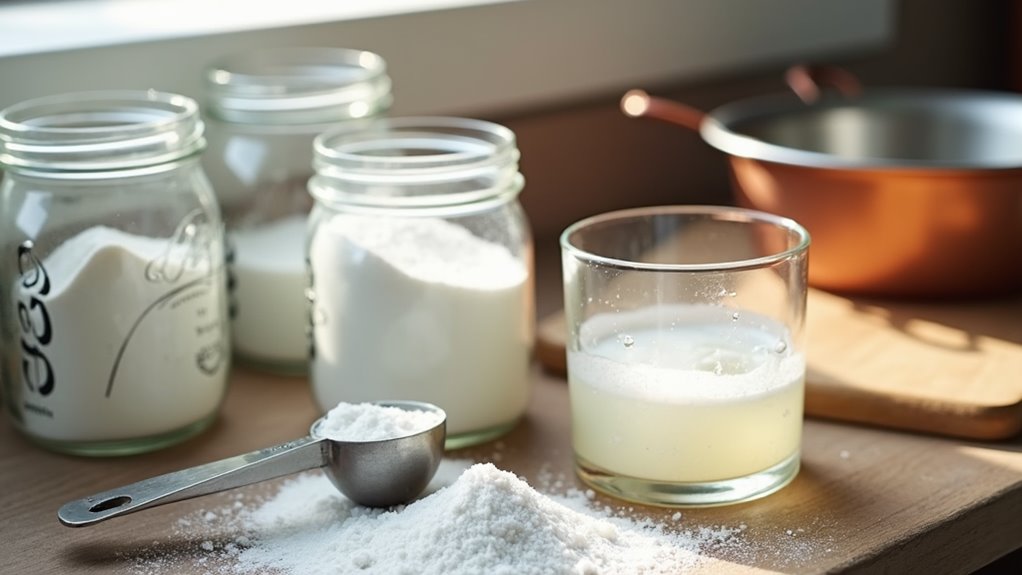Baking Soda for Hydrangeas – A Gardener’s Secret Trick
You’ll discover that baking soda isn’t just for your kitchen – it’s a powerful tool for transforming your hydrangeas’ colors and health. This common household ingredient can effectively adjust your soil’s pH levels, influencing how your plants absorb aluminum and ultimately display their blooms. While many gardeners spend substantial money on specialty products, this simple, science-backed method offers a natural solution that’s both cost-effective and reliable. Let’s uncover how this technique works.
Understanding the Science Behind Baking Soda and Hydrangeas
While many gardeners know that hydrangeas can change color based on soil pH, understanding how baking soda affects these changes requires knowledge of basic soil chemistry.
When you add baking soda for hydrangeas, you’re introducing sodium bicarbonate, an alkaline compound that raises soil pH. At higher pH levels above 6.0, hydrangeas can better absorb aluminum from the soil, which directly influences flower color.
The sodium bicarbonate reacts with acidic soil compounds, neutralizing them and creating a more alkaline environment. This chemical process transforms pink blooms to blue as the aluminum becomes more available to the plant’s root system.
When and How to Apply Baking Soda to Your Plants
Now that you understand the chemistry behind baking soda’s effects on hydrangeas, applying it correctly becomes the key to success.
Sprinkle 1/2 cup of baking soda around each plant’s base in early spring, just as new growth emerges. For established hydrangeas, reapply monthly throughout the growing season.
Mix the baking soda into the top inch of soil and water thoroughly. Don’t let the powder contact leaves or stems directly.
Test your soil pH before application – if it’s already above 6.0, reduce the amount to 1/4 cup. For container plants, use half the recommended amount and monitor closely for pH changes.
Measuring Ph Levels and Soil Testing Methods
Before applying baking soda to your hydrangeas, you’ll need accurate soil pH measurements to avoid over-alkalizing the growing environment. Use a digital pH meter for instant readings or purchase a soil testing kit from your garden center. Insert the probe 6 inches deep near your hydrangea’s root zone for the most accurate results.
For manual testing, collect soil samples from multiple spots around your plants. Mix them with distilled water in a 1:1 ratio, then test with pH strips.
Compare your readings to the ideal hydrangea pH range of 6.0-7.0. If you’re unsure, send samples to your local extension office for professional analysis.
Common Mistakes to Avoid When Using Baking Soda
Despite baking soda’s effectiveness for adjusting soil pH, several critical mistakes can harm your hydrangeas if you’re not careful.
Don’t apply baking soda directly to plant foliage, as it can burn leaves and damage stems. Avoid using excessive amounts, which can spike pH too quickly and shock the root system.
Never mix baking soda with acidic amendments simultaneously, as they’ll neutralize each other. Don’t apply during peak sunlight hours or on wet foliage.
You shouldn’t skip soil testing before application, as unnecessary pH adjustments can create nutrient deficiencies. Always measure and document your applications to prevent overuse.
Additional Benefits and Garden Uses for Baking Soda
Beyond its role in pH adjustment, baking soda serves multiple beneficial functions in your garden.
You’ll find it effective as a natural fungicide for preventing powdery mildew on leaves and stems. Mix 1 tablespoon with 1 gallon of water to create an anti-fungal spray.
You can also use baking soda to test your soil’s acidity level. Sprinkle it on moist soil – if it fizzes, your soil is acidic.
It’s excellent for cleaning garden tools, removing stubborn sap, and deodorizing compost bins.
When sprinkled around plant bases, it deters harmful slugs and snails without chemical pesticides.
